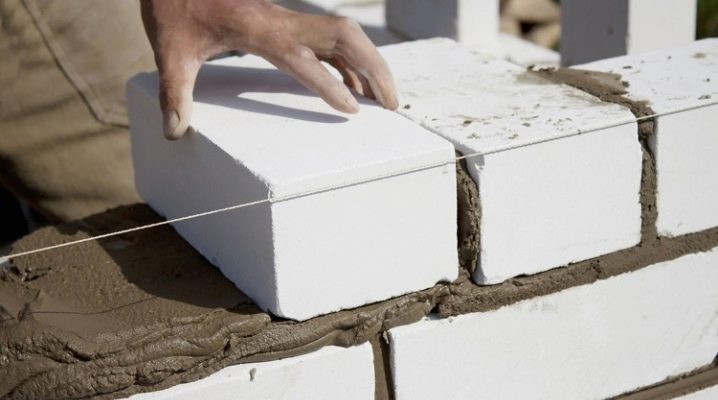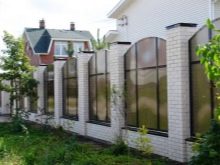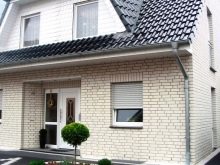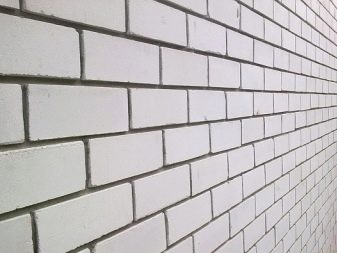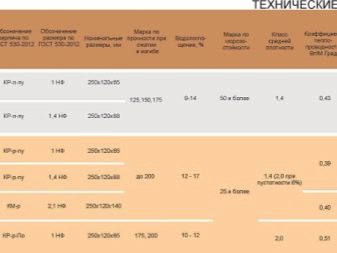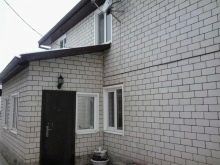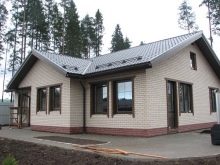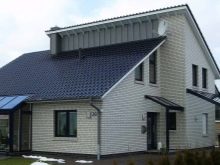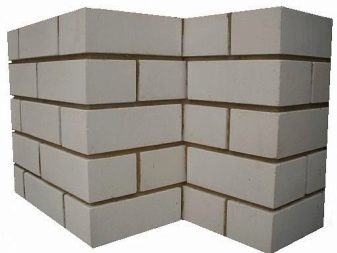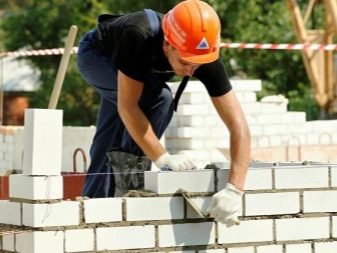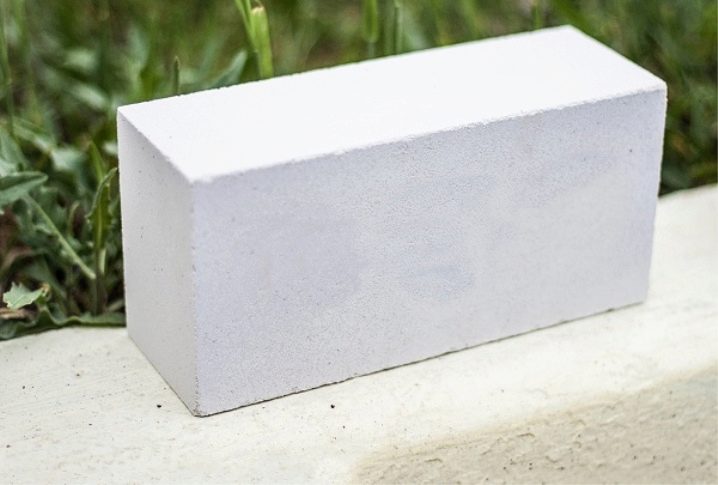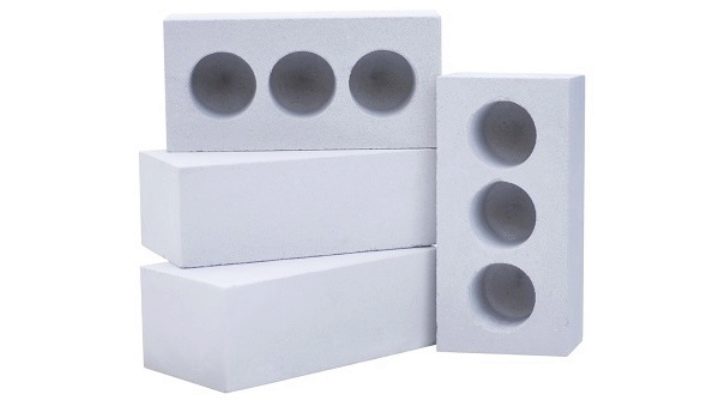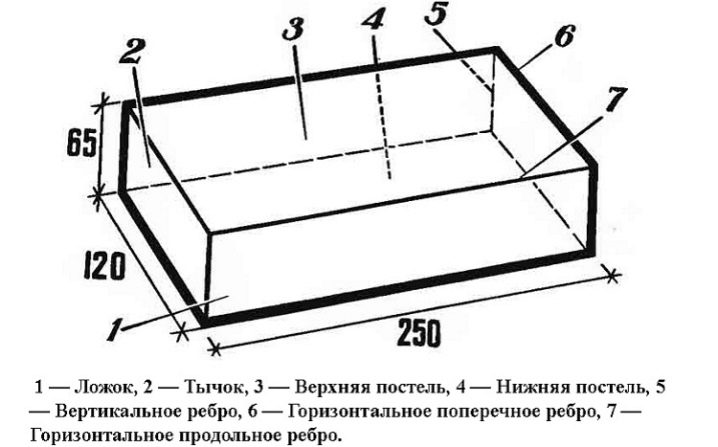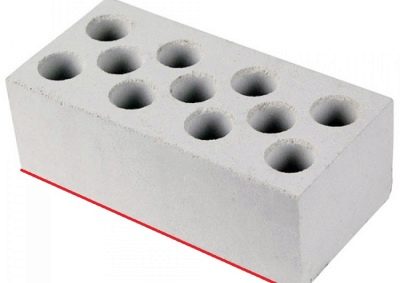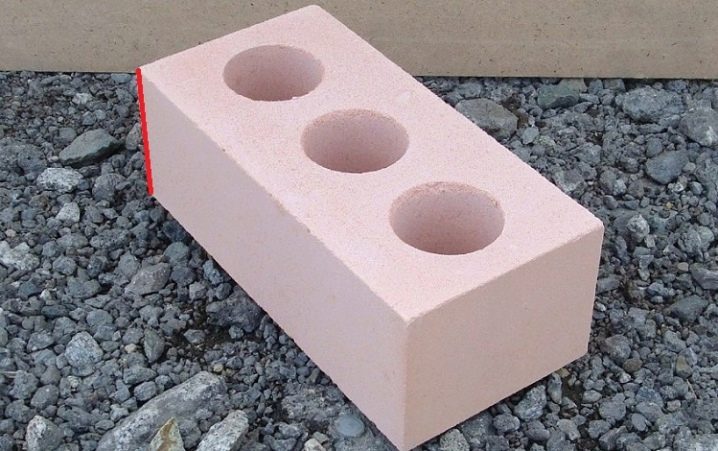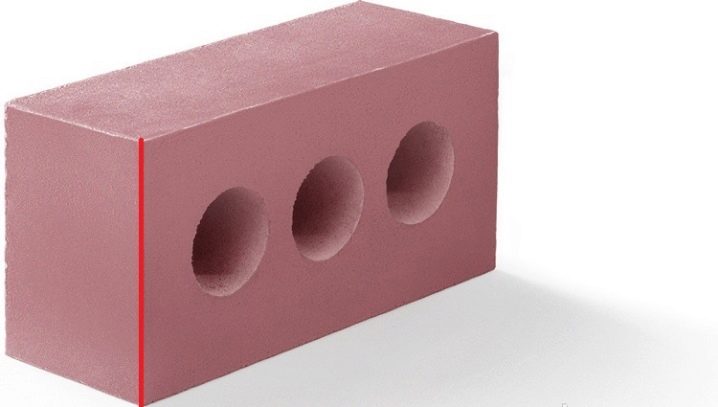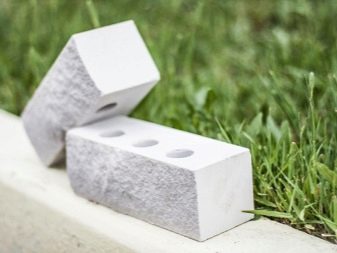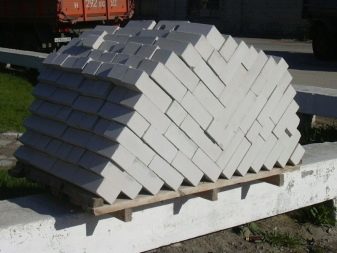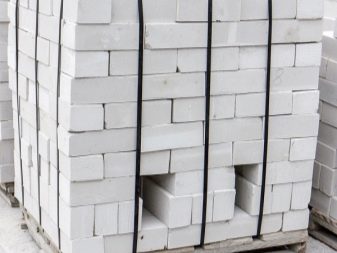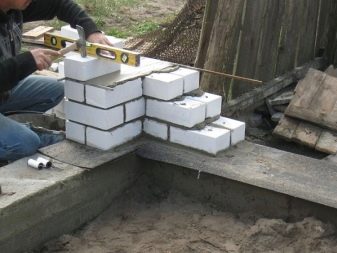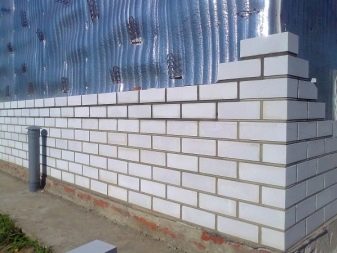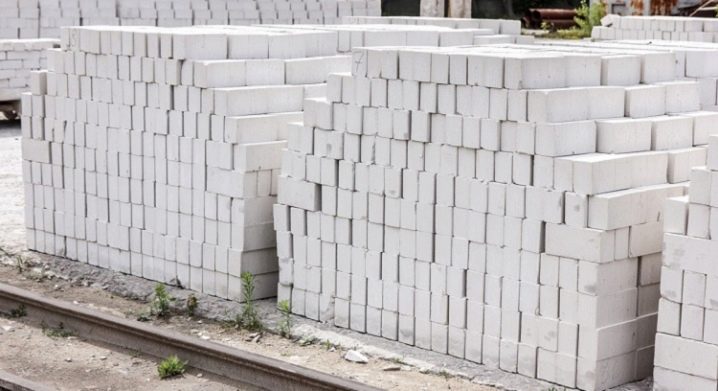Dimensions of silicate brick
The silicate brick is very popular and demanded building material from which it is possible to construct the most different structures. It is highly durable, for which many buyers choose it. However, when choosing this building material it is very important to consider its dimensional parameters. Today we will examine in detail the dimensions with which silicate brick is produced.
Specifications
Silicate brick has certain technical characteristics that are no less important than dimensional parameters. They should also be kept in mind when choosing this material. The main characteristics of silicate are:
- strength level of 150 kgf / cm2;
- moisture absorption rate - 9.4%;
- average weight - 3.2 kg;
- resistance to frost and low temperatures - 35;
- density level from 1600 to 1900 kg / m. cube;
- The percentage of moisture in these materials is 4;
- holiday humidity - 20%;
- thermal conductivity coefficient under operating conditions - 0.85;
- frost resistance level - from F25 to F35.
Advantages and disadvantages
The positive characteristics of this popular building material include:
- environmental safety - in the composition of the silicate brick there are no dangerous and harmful components that adversely affect human health or the environment as a whole;
- high strength characteristics - it is rather difficult to damage a silicate brick if it is made according to technology and using high-quality raw materials;
- good sound-proofing qualities - in buildings made of silicate brick there is no excessive noise from the street, since this building material has a high density;
- various colors - you can meet not only standard white silicate, but also red or yellow bricks (different colors of building materials are obtained by adding various pigment components in the manufacturing process);
- resistance to temperature jumps - silicate is not afraid of changes in temperature regimes, even if they occur in a short time;
- good vapor permeability properties - thanks to this quality, the buildings made of silicate “breathe” and it is comfortable to be in them;
- possibility of combination with any mortar - you do not have to look for special masonry mixes for working with silicate bricks - such building materials are compatible with any products;
- correct geometry - high-quality silicate brick has good geometry, which is why it is simple and pliable in work;
- affordable cost - silicate brick is a very affordable and inexpensive material found in many retail outlets.
When choosing this building material, it is very important to keep in mind one more of its characteristic quality - hydrophobicity. This characteristic is usually referred to as silicate deficiencies. The similar brick strongly absorbs moisture destroying for it. For this reason, silicate is forbidden to be used for cladding facade foundations of buildings - in such conditions, these building materials will quickly become unusable, as they will be exposed to the negative effects of precipitation.
In addition, it is necessary to take into account the fact that silicate bricks of any size are characterized by high thermal conductivity and have an impressive weight, due to which it is not so easy to work with this material. Since silicate is of small size, it takes quite a lot to erect a particular structure, and this is not always economically beneficial. Yes, and masonry mortar in such a situation leaves plenty.
Kinds
There are two main varieties of silicate brick popular among consumers. Let's get to know them better.
- Full bodied Such building materials are made in different colors (the most common are the standard white versions). In the structure of solid bricks there are no voids and cells. Such materials are more dense and durable, which affects their service life. However, the weight of corpulent products is more impressive.
- Hollow. Such bricks are made with irregularities and voids in the structure. High quality wall structures of small thickness are obtained from hollow silicate. It is also worth noting that such products have excellent thermal qualities - they make warm dwellings, which preserve a comfortable microclimate.
Often hollow bricks are bought for the construction of various kinds of scenery.
Standard size
Today, there are many different silicate bricks on sale, which differ not only in density, but also in dimensional parameters. For example, products from the category of single (1 NF) are considered standard. These options have optimal dimensions (250x120x65 mm), due to which it is convenient to work with them.
In addition to the most popular single bricks, one-and-a-half bricks are known, whose dimensions are according to the standard of 250x120x88 mm, and double silicate building materials with dimensions of 250x120x138 mm, which have a greater weight and percentage of density.
Length
The standard length of silicate brick does not depend on its type (one and a half, double or single). So, the parameters of the length of different products is the same value - 250 mm.
If we are talking about the so-called block, then its length will start from 250 mm. Partitioning materials have similar parameters.
Height
When choosing inexpensive silicate bricks, one should also keep in mind the parameter of their height (width). There are products with the following parameters:
- single bricks are available in 65 mm height;
- one and a half have a height of 88 mm;
- double blocks are made with a height of 138 mm (these options are thickened and are more dense and heavy).
Width
Silicate bricks of different categories differ only in height, and in length and width they are all the same. The width of standard products is 120 mm.
Of course, consumers have the opportunity to purchase bricks that have non-standard dimensional parameters. Similar products are made to order. Often they are more expensive, but as a result, the buyer gets the perfect building materials that meet all the necessary requirements.
Product weight
When choosing a suitable batch of high-quality silicate brick, one should take into account not only its length, width and height, but also its weight. This characteristic is directly dependent on the specific type of building material. There are models with such a mass:
- silicate single solid bricks have a weight of 3.7 kg;
- silicate one-and-a-half corpulent products are issued with a weight reaching a mark of 5 kg;
- silicate one-and-a-half materials with voids in their structure (hollow) are produced with a weight of 3.9 kg;
- silicate double hollow bricks have a weight of 5.8 kg;
- single bricks with voids are produced with a mass of 3.2 kg;
- silicate relief varieties have a weight of 4.1 kg;
- chipped varieties are usually manufactured with a mass of 2.5 kg;
- Multi-colored silicate bricks (facial) differ in weight of 5 kg (standard).
Dimensions of building materials in a cube
Before proceeding to this or that construction work, it should be borne in mind that the cube of brickwork is a parameter of the length of the wall structure multiplied by its thickness and height. When independently carrying out such calculations, it is most difficult to understand what is the thickness of the masonry, if it is blocked on both sides. Basically, when calculating cubes of silicate masonry, a width parameter of 51 cm is taken (this masonry is considered the most common — 2 bricks). Therefore, when counting brickwork in square or cubic meters, it is imperative to find out which concrete type of brickwork you plan to use.
If we consider the average consumption of different sized silicate bricks in a cube or square meter, then we can come to the following values:
- 394 bricks will be contained in a cubic meter of masonry if mortar joints are taken into account (512 pieces are excluded from the joints);
- half-brick in one cubic meter of masonry is 302 pieces, taking into account mortar joints (if you do not take into account the seams - 378 pieces);
- double brick blocks in one cubic meter of masonry will be 200 pieces, taking into account the seams (excluding the seams - 242 pieces).
Useful tips
When choosing a suitable silicate brick or gas silicate block, it is extremely important to pay attention to its size and marking. If you purchase unsuitable building materials, they will quickly become unusable and will not withstand the load transferred to them.
Silicate brick can be used for further finishing in the process of completion of construction works. For example, it may be a structure in the preparation of which a rubble brick or a gas silicate block was used. For cladding is usually used building material brand M150.
When choosing a quality silicate brick, it is important to pay attention to the quality of its production. On such a building material should not be chipped, cracked or deep scratches. Such products are unlikely to last a long time, especially if they are subjected to impressive loads.
In choosing the right silicate, you should rely solely on the most suitable dimensions.Even small deviations are unacceptable here.
Silicate brick is not recommended if you plan to build a basement structure with your own hands. For the manufacture of such structures is better to use building materials from ceramics.
In the next video you are waiting for the pros and cons of silica brick.
